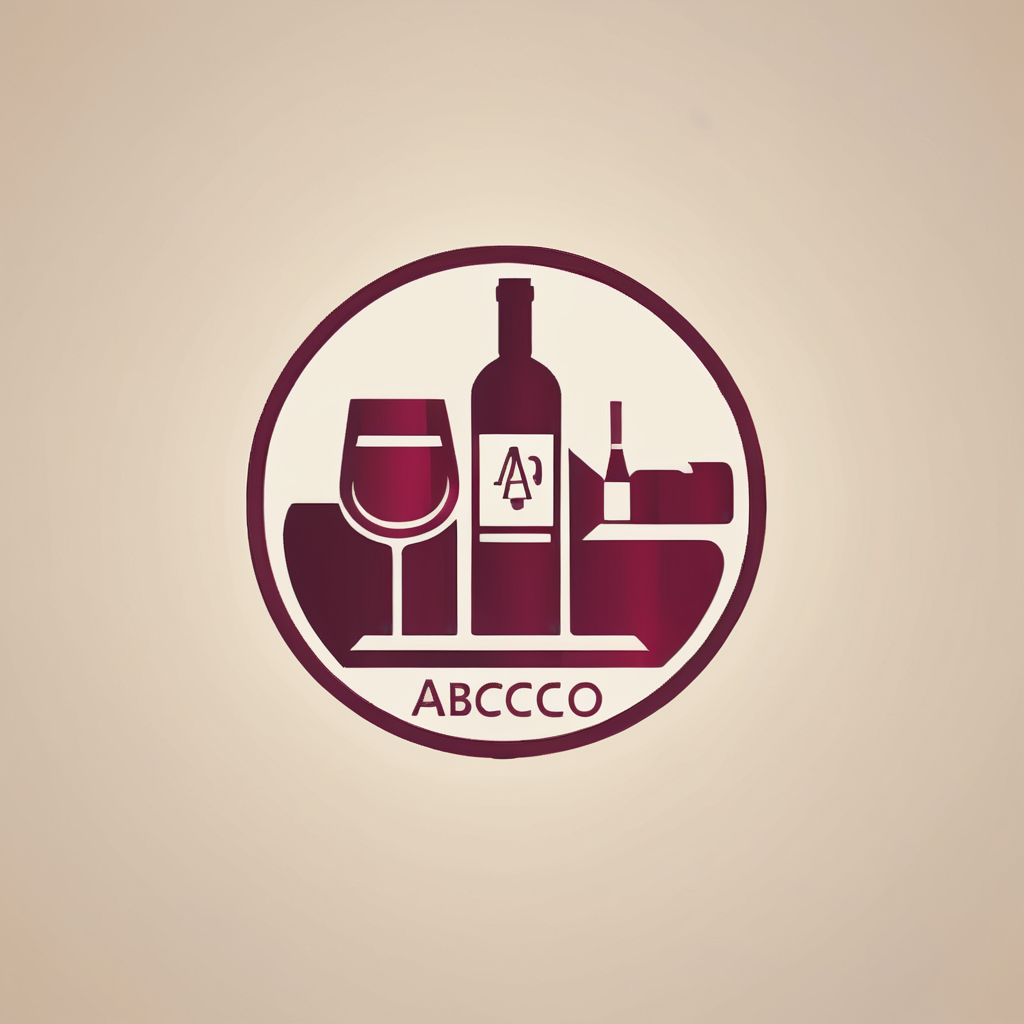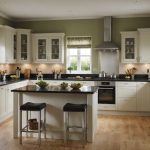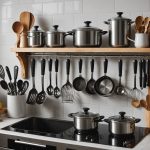Understanding the Appeal of Blending Tradition and Modernity in UK Kitchen Bars
Blending tradition meets modernity has become a defining characteristic of UK kitchen bar trends. These spaces function not just as areas for dining or drinks but as social hubs that reflect evolving lifestyles. In many UK homes, the kitchen bar holds cultural significance, symbolizing warmth and hospitality while fostering connection.
The appeal lies in how kitchen bars marry classic charm with contemporary functionality. Traditional elements like wood paneling or ornate details coexist with sleek surfaces, integrated appliances, and smart lighting. This blend responds to shifting lifestyle needs, catering to families who desire both comfort and tech-savvy convenience.
Also to read : Enhancing your dining ambiance: the role of uk kitchen bars
Kitchen design inspiration often highlights this fusion. It offers homeowners creative ways to maintain heritage aesthetics while updating their kitchens for modern use. As kitchen bars become more central to daily life — from casual breakfasts to evening gatherings — their design mirrors broader UK kitchen bar trends that emphasize versatility, style, and sociability. This mix creates spaces that are both timeless and refreshingly current.
Signature Design Elements in Fusion Kitchen Bars
Exploring the blend of tradition with innovation
In parallel : Exploring the biggest hurdles for uk dining and nightlife venues
Fusion kitchen bars stand out by blending traditional design features with modern kitchen innovations, creating spaces that feel both timeless and fresh. One hallmark is the mixing of materials in kitchen bars—combining warm wood with the cool sleekness of metals or the durability of stone. This contrast adds depth and visual intrigue, balancing rustic charm with contemporary flair.
Neutral colour palettes provide a versatile base, frequently enhanced by bold modern accents such as matte black fittings or vibrant backsplash tiles. The design brings in period details like intricate mouldings or classic cabinetry styles, seamlessly integrated with minimalist, sleek modern lines. This layering creates a unique aesthetic that respects heritage while embracing innovation.
Choosing the right materials is crucial in fusion kitchen bars. For instance, wooden countertops can soften the industrial feel of metal stools, while stone surfaces offer durability alongside style. Such combinations not only elevate the visual impact but also ensure practical benefits like ease of maintenance and longevity. This thoughtful integration defines fusion design, making kitchen bars both functional and visually captivating.
Noteworthy UK Kitchen Bar Case Studies and Expert Insights
Exploring real-life UK kitchen bar examples reveals how homeowners successfully blend functionality and style. One notable case features a compact London flat where a sleek kitchen bar converts wasted space into a social hub, seamlessly integrating modern minimalist design with cozy, rustic touches. This project showcases how thoughtful design turns constraints into creativity, enhancing both utility and ambiance.
UK interior designers emphasize the importance of balance. According to experts, blending styles requires careful material selection and consistent color palettes to avoid visual clutter. Designer opinions suggest using unified elements like wood finishes or metal accents to harmonize contrasting aesthetics. Renovation success stories repeatedly highlight how this approach enhances flow and usability, not just appearance.
Homeowners stress the value of planning and flexibility. Key tips include prioritizing ergonomic layout, choosing durable materials for frequent use, and incorporating adaptable seating to accommodate varying group sizes. These lessons from actual kitchen bar renovations underscore how style fusion can meet practical needs, creating spaces both welcoming and efficient.
Such insights provide a blueprint for anyone aiming to replicate the blended UK kitchen bar style, combining expert advice with tangible experiences.
Achieving the Traditional-Modern Mix: Practical Guidance
Blending vintage charm with modern flair requires a thoughtful approach to DIY kitchen bar renovation. Begin by selecting key elements that represent each style: incorporate classic materials like reclaimed wood or antique cabinet handles alongside sleek, contemporary surfaces such as quartz countertops or minimalistic bar stools. This contrast creates a dynamic, balanced look that feels both inviting and fresh.
Balancing comfort, aesthetics, and functionality is essential. Prioritize ergonomics by choosing seating height and counter depth that suit everyday use. Combine warm lighting—like vintage pendant lamps—with efficient, adjustable LED fixtures to enhance both atmosphere and practicality. This dual lighting approach supports the fusion look while ensuring the space is welcoming and usable.
To find the right fixtures and furnishings in the UK, explore local salvage yards and specialty stores for unique vintage pieces. Pair these with modern, durable accessories available through reputable suppliers or professional kitchen renovation services. Engaging skilled tradespeople familiar with period properties can ensure your design vision is executed flawlessly, preserving character while incorporating contemporary efficiency.
The Role of Cultural Heritage and Emerging Trends
Small text: Exploring how tradition meets innovation in UK kitchen bars
British design heritage plays a pivotal role in shaping kitchen trends 2024, especially in kitchen bar interiors. Classic elements like paneled cabinetry and muted, earthy tones continue to inform modern styles, blending tradition with contemporary functionality. These time-honored features offer a foundation that respects UK design heritage while allowing for creative updates.
Additionally, cross-cultural influences enrich kitchen bars significantly. Designers increasingly draw inspiration from Mediterranean minimalism, Japanese simplicity, and Scandinavian practicality. This fusion creates interiors that feel both familiar and fresh, balancing warmth and sleekness. These cultural influences in interiors encourage versatile layouts and innovative use of space, ideal for social and family gatherings.
Looking ahead, kitchen trends 2024 emphasize sustainability and bespoke craftsmanship. Open shelving with artisan pottery, mixed metal fixtures, and statement lighting highlight a movement towards personalization rooted in cultural storytelling. This reinforces the kitchen bar as a central, expressive hub within the home, reflecting both heritage and evolving lifestyles.


